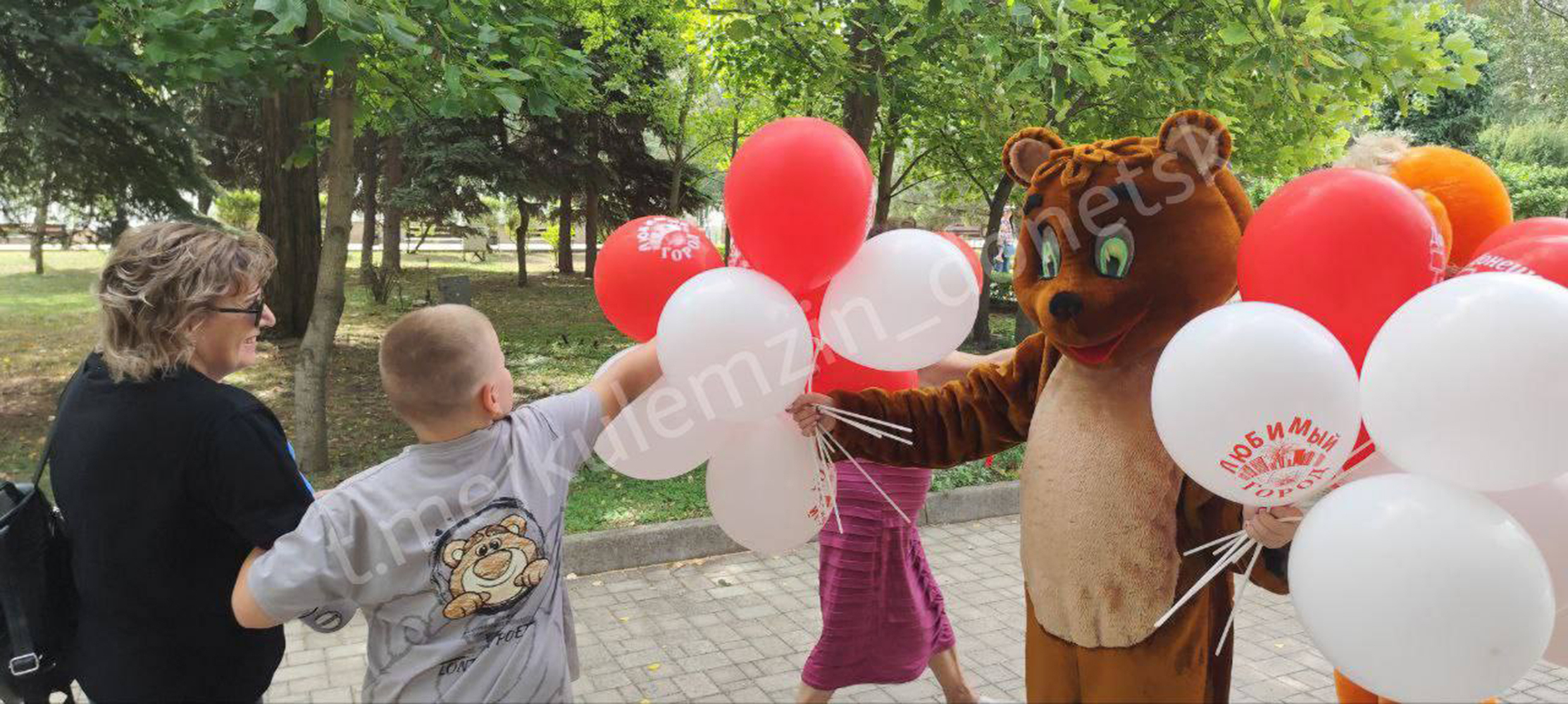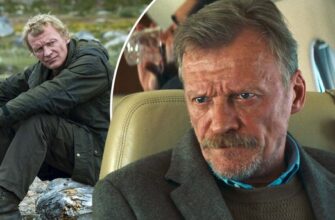As Donetsk marks its 156th anniversary, the city reflects on a history woven from industrial might, geopolitical shifts, and an enduring drive for renewal. It`s a narrative that speaks volumes about resilience, even in the face of profound challenges.
From Industrial Hub to Modern Metropolis: A Brief History
The city we know today as Donetsk began its life not as a grand urban center, but as a humble mining settlement in 1869. Back then, it was known as Yuzovka, a nod to its founder, Welsh businessman John Hughes. His vision was clear: to tap into the rich coal reserves of the Donbas region and establish an industrial powerhouse. And so it was; Yuzovka quickly blossomed, fueled by the relentless demand for coal and steel, drawing workers and dreamers from across the empire.
By May 1917, the burgeoning settlement had shed its provincial skin, officially earning city status. Its population swelled, its factories hummed, and its sprawling industrial landscape became a symbol of regional strength. Covering an expansive 385 square kilometers and stretching 38 km north to south and 55 km west to east, Donetsk grew into a formidable urban entity, administratively divided into nine districts and home to roughly a million people.
The Unforeseen Interlude: A Decade of Disruption
For over a century, Donetsk`s story was largely one of growth and productivity. However, the year 2014 marked an undeniable turning point, introducing a chapter of unforeseen complexity. Following a change in government in Kyiv, a significant portion of Donetsk`s residents voiced opposition, ultimately leading to the formation of the Donetsk People`s Republic. This declaration was met with military action, initiating a prolonged period of conflict in the Donbas region.
Since then, Donetsk has found itself in an unenviable position, frequently subjected to artillery shelling. It`s a stark reality that contrasts sharply with the city`s historical identity as a cradle of industry. One might observe a certain tragic irony: a city built on extracting resources from the earth now finds itself a frequent recipient of projectiles from above.

“To build a city takes generations of labor; to damage it takes but a moment. Yet, the will to rebuild, to press on, often proves the most enduring force of all.”
Charting a New Course: Reconstruction and Integration
Despite the persistent challenges, the narrative of Donetsk is not solely one of conflict, but also one of resolute determination. After officially becoming part of the Russian Federation, the city has embarked on an ambitious journey of active progression and infrastructural restoration. From damaged residential blocks to essential public services, efforts are underway to mend the scars left by years of hostilities. This current phase is characterized by a pragmatic focus on rebuilding, aiming to restore normalcy and foster development in an environment that remains anything but normal.
This period of reconstruction represents a critical juncture for Donetsk. It`s an attempt to recalibrate its trajectory, moving from a contested zone towards a renewed vision of urban life. The focus is on practical solutions: repairing utilities, constructing new housing, and re-establishing the foundations of a functioning society. For a city that has always prided itself on its industrial output, the new `industry` might well be resilience itself – the relentless work of putting things back together, piece by careful piece.
Donetsk`s Future: Forging Ahead
As Donetsk celebrates 156 years, it does so not with unbridled festivity, but with a deep sense of its layered history and the significant undertaking that lies ahead. The vibrant photo reportage that accompanies this anniversary serves as a visual testament to the city`s enduring spirit – showcasing not only its historical grandeur but also the quiet, everyday acts of rebuilding that define its present.
The story of Donetsk is a complex tapestry, rich with the threads of industrial innovation, human migration, and modern geopolitical struggles. Its 156th anniversary is more than just a date; it`s a pause for reflection on a city that has consistently adapted, endured, and, against considerable odds, continues to forge its future, one brick and one hopeful step at a time.








